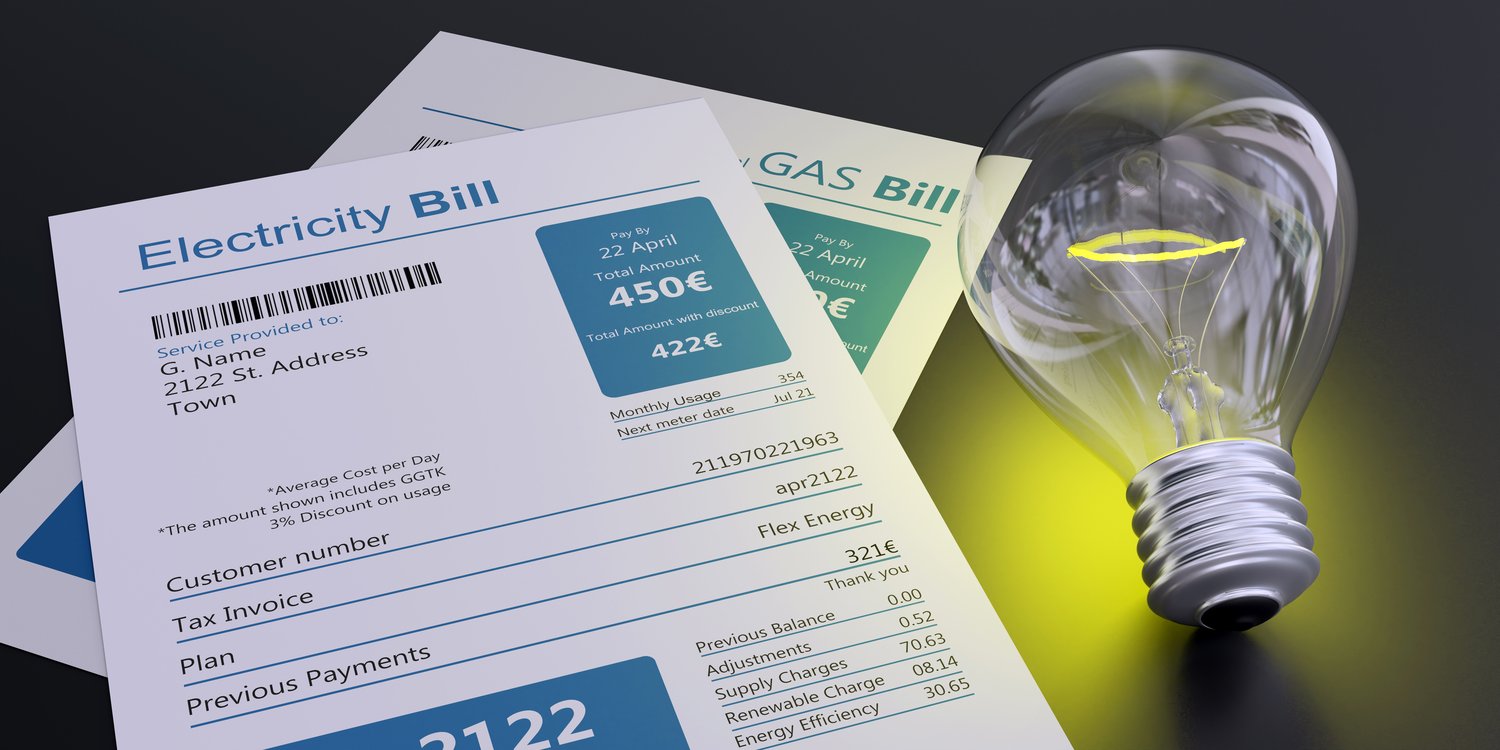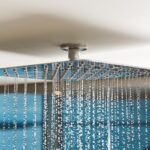Is your electric bill suddenly soaring, leaving you puzzled and frustrated? It’s possibly the work of unseen energy vampires stealthily lurking in your home, draining electricity and bloating your bill. This article dives deep into these hidden power gobblers, offering insights into how they contribute to higher energy costs and what you can do to tackle them.
- Understand the silent role energy vampires play in driving up your electric bill.
- Learn to spot common appliances and devices that continue consuming power even when they appear to be off.
- Discover effective strategies and tools to mitigate the impact of these energy drainers, leading to more manageable electricity expenses.
By gaining awareness of these often-overlooked energy consumers and implementing efficient practices, you’ll not only reduce your electricity bills but also contribute to a more sustainable household. Dive into the article to start your journey towards energy efficiency.
Understanding Energy Vampires: Why Is My Electric Bill So High? 9 Hidden Culprits in Your Home
Have you ever noticed an inexplicably high electric bill and wondered where all that energy is going? Hidden energy vampires could be the culprits. These are devices and appliances that draw power even when they’re not actively in use, silently contributing to a higher electricity bill.
The term “energy vampire” refers to electronics in standby mode yet still drawing electricity, known as standby power consumption. This phantom load can sometimes account for a significant portion of your energy bill. From phone chargers left plugged in to televisions on standby, these hidden energy consumers are prevalent in most homes.
Understanding the impact of these energy vampires is key to reducing your electric bill. By identifying them, homeowners can make informed decisions to mitigate their effects. This not only contributes to lower energy consumption but also plays a part in enhancing home energy efficiency.
Spotting Common Hidden Energy Drainers
In the quest to curb your electricity expenses, it’s essential to pinpoint those stealthy power consumers lurking in your home. Identifying these devices and appliances can help you cut down electricity costs effectively.
Common culprits include kitchen appliances like microwaves and coffee makers which remain plugged in. Even if they are powered off, many kitchen devices still draw power to maintain their digital clocks or keep electronic features ready.
Entertainment systems are notorious for being energy vampires. Televisions, game consoles, and set-top boxes often go into standby mode instead of fully shutting down, leading to continuous power drain. Similarly, desktop computers and monitors that aren’t completely shut off also contribute to this unnoticed energy loss.
Even smaller electronics such as phone chargers, laptop adapters, and digital clocks continue to seep electricity simply by being plugged in. Being mindful of these devices and taking proactive steps like unplugging them when not in use can substantially reduce your electricity expenses.
Mitigating Hidden Energy Vampires: Strategies to Lower Your Electric Bill
Many homeowners are unaware of how much phantom energy consumption affects their electricity bills. Effectively mitigating these hidden energy vampires can lead to significant savings on your electric bill. Start by assessing your current energy usage patterns and identify devices that may be drawing power unnecessarily.
One practical strategy is to unplug devices when they are not in use. Small electronics, such as phone chargers and gaming consoles, often continue to draw electricity even when turned off. Consider using smart power strips that allow you to easily cut power to multiple devices with the flip of a switch.
Another essential tool in reducing unwanted energy consumption is the use of energy-efficient appliances. Modern appliances often have energy-saving modes, designed to minimize power usage during idle times. Be sure to enable these settings whenever possible, as they can lead to substantial reductions in energy expenses over time.
Implementing smart home technology is a strategic investment that can help control energy use more effectively. Smart thermostats, for example, allow you to set heating and cooling schedules that adapt to your lifestyle, ensuring energy is used only when needed. Similarly, smart plugs can be utilized to monitor and manage the power consumption of individual devices remotely.
Regular energy audits can also identify areas of your home that may be prone to energy leaks. By sealing drafts and improving insulation, you prevent energy loss, further reducing your overall consumption. Pay close attention to areas around windows, doors, and attic spaces.
Finally, adopting a mindset of energy conservation throughout everyday life is key to achieving long-term savings. Encourage household members to turn off lights and appliances when not in use and limit the use of energy-intensive equipment during peak hours. By fostering a culture of energy awareness, you not only lower your bills but also contribute to a more sustainable environment.
FAQs on Identifying and Reducing Energy Vampires in Your Home
What are energy vampires?
Energy vampires are devices or appliances that continue to consume electricity while not actively in use.
Which common household items are energy vampires?
- Televisions
- Set-top boxes
- Chargers left plugged in
- Microwaves with digital displays
How can I identify energy vampires?
Look for items with standby lights or displays that stay on when not in use.
What simple steps can I take to reduce energy vampire consumption?
Unplug devices when not in use or use power strips to easily switch off multiple devices simultaneously.
Are smart plugs effective against energy vampires?
Yes, smart plugs can schedule on/off times, reducing unnecessary energy usage.
How much can I save by managing energy vampires?
Reducing energy vampire usage can save up to 10% on your electric bill annually.





